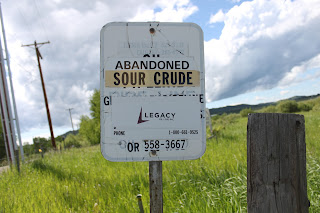Deadly Virus Spreading From BC Fish Farms to Wild Salmon
By B. McPherson
A deadly virus has been found in wild Pacific salmon. The virus, identified as a European strain has never before been detected in the Pacific Ocean. Young stunted sockeye salmon sampled near a concentration of open net fish farms were found to carry the deadly virus. The highly infectious microbe causes heavy losses of Atlantic salmon from Norway to Chile in the Atlantic. It is speculated that infected fish eggs were imported from Iceland.
When fish are infected with the infectious salmon anemia (ISA) they lose the ability to carry oxygen in their blood and die a slow and painful death. In the wild, a sick salmon would be quickly scooped up by a predator, but in the densely packed net farms, they live for much longer, shedding viral particles for much longer, infecting those around them. Once infected, there is no treatment.
The virus, first observed in fish farms in 1984 is not normally seen in the wild and its wild reservoir is not well known. In the area off Vancouver Island, BC, where the ISA virus has been found, small parasites of salmon known locally as sea lice can carry the virus on their bodies. Large numbers of sea lice have been found near the open net fish farms.
News of the danger of a fatal epidemic among our wild salmon stocks was buried on page 18 of our local paper. Many will not grasp the importance of a new disease being introduced to our coast, but the Americans haven’t missed the significance of the development.
"It's a disease emergency," said James Winton, who directs the fish health section of the U.S. Geological Survey's Western Fisheries Research Center in Seattle.MSNBC
The spokesmen for the BC open net fish farms have downplayed the idea that a virus that kills Atlantic salmon could pose a danger to our native fish. Others speaking previously on behalf of the salmon farm industry assured the BC public that escaped Atlantic salmon would not breed in competition with our native fish. Atlantic salmon have been found upstream in some of our best spawning beds.
The virus may infect a wide range of Pacific fish without killing them outright. Salmon, trout and Arctic char are already facing challenges to their survival due to habitat loss, food scarcity, and overfishing. Adding a potentially deadly disease to the burden could well push some to the brink of extinction.
Fish Able to Be Infected with ISA Ref: Iowa State University Center for Food Security and Public Health
· Herring
· Brown trout
· Sea trout
· Rainbow trout
· Steelhead
· Salmon, chum (keta)
· Salmon, Chinook
· Salmon, sockeye(recent finding)
· Salmon, coho
· Arctic char

Comments
Post a Comment